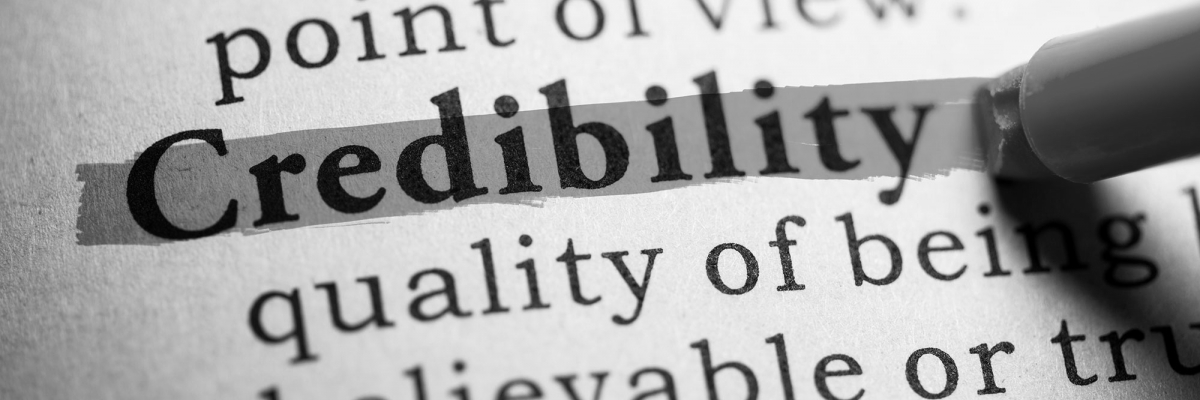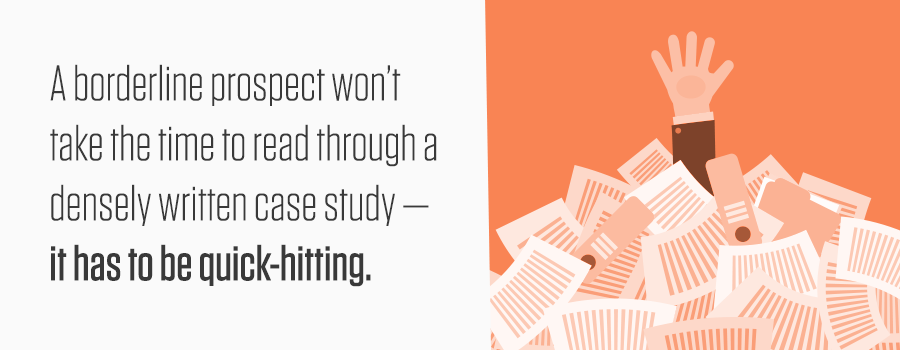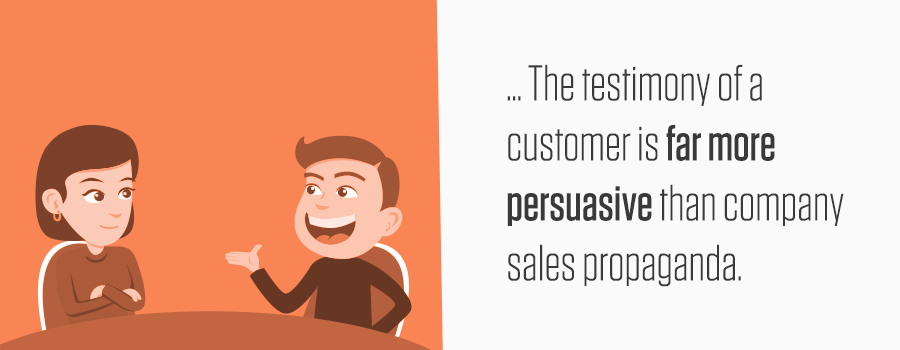
Which Credibility Elements Most Improve Lead Generation?
For lead generation, credibility elements on the company website must address two somewhat different levels of credibility:
- Company credibility
- Product/service credibility
Particularly for B2B purchasing, buyers impressed with product/service attributes (quality, reliability, durability, price, etc.) may still lack the motivation to inquire if they doubt the credibility of the company behind the product/service.
Company-Oriented Credibility

Relationships can be as important or more important than the product/service being sold. What makes for a solid relationship? These three items top the list for most buyers:
- Follow-through: Can the company be trusted? Will it do what it says it will do?
- Stability: Is the company financially sound? Has it been in business for a long time?
- Customer service: Will the company go the extra mile to keep me happy?
With this in mind, credibility elements should speak to these three points. The most effective ways to communicate them are through testimonials and case studies.
Companies often err by failing to shape testimonials and case studies around these points. In particular, they often get sidetracked on issues such as innovation. Innovation may or may not be important to a prospect, but without establishing follow-through, stability and customer service, the company is selling its innovative capabilities prematurely.
Besides focusing clearly and loudly on these three issues, testimonials and case studies should be short, scannable and engaging. A borderline prospect won’t take the time to read through a densely written case study — it has to be quick-hitting.
Video, photography and graphic design help spice up the testimonial and case study. Even something as simple as the headshot of the customer giving the testimonial can make the difference.
Product/Service-Oriented Credibility

Establishing the credibility of a specific product or service typically involves:
- Quality: Will the product last? Will the product/service do the job as advertised?
- Price: Is the product/service affordable? Is the value proposition a good deal for me?
- Risk: What happens if the product or service doesn’t work? How much will it cost me?
Again, testimonials and case studies are the most effective way to convey credibility with regard to quality, price and risk. Why? Because the testimony of a customer is far more persuasive than company sales propaganda.
Companies sometimes shy away from talking about price in their website content. However, a testimonial that says, “this product was a terrific value” or “I paid a little more, but it saved me so much money it was worth every penny” are ways of dealing with price without implying cheapness.
With regard to risk, it doesn’t hurt to provide a testimonial or case study on the theme of: The product/service didn’t work, but here is how we made it right and turned the situation into a success.
Risk can also be addressed quite effectively through the use of a published policy for warranties, returns, replacements, etc. Phrases such as “90-day unconditional guarantee,” “No-hassle returns” and “Satisfaction Guaranteed” should be emphasized on the website’s product/service pages.
Two Quick Creative Tips for Credibility Elements
- The key in all of this is to keep credibility elements focused on a specific theme.
- In addition, using the right amount of content is extremely important. On the one hand, long-winded, rambling testimonials and case studies are not persuasive. On the other hand, ultra-brief credibility elements such as the display of high-profile customer logos are far more persuasive when linked to a focused, brief testimonial or case study relating to the customer.




